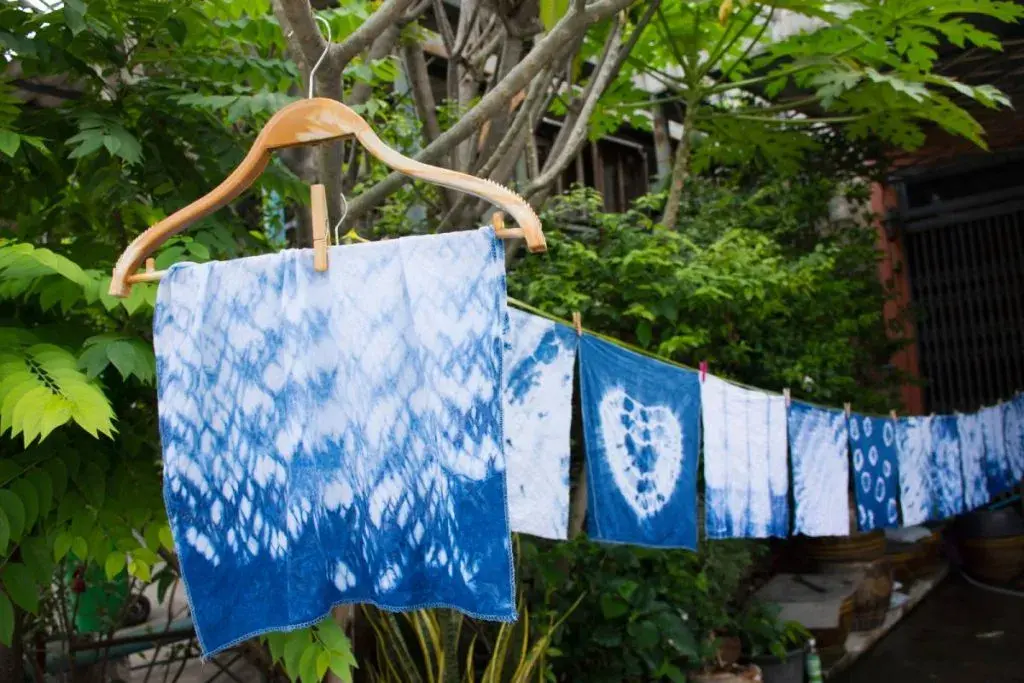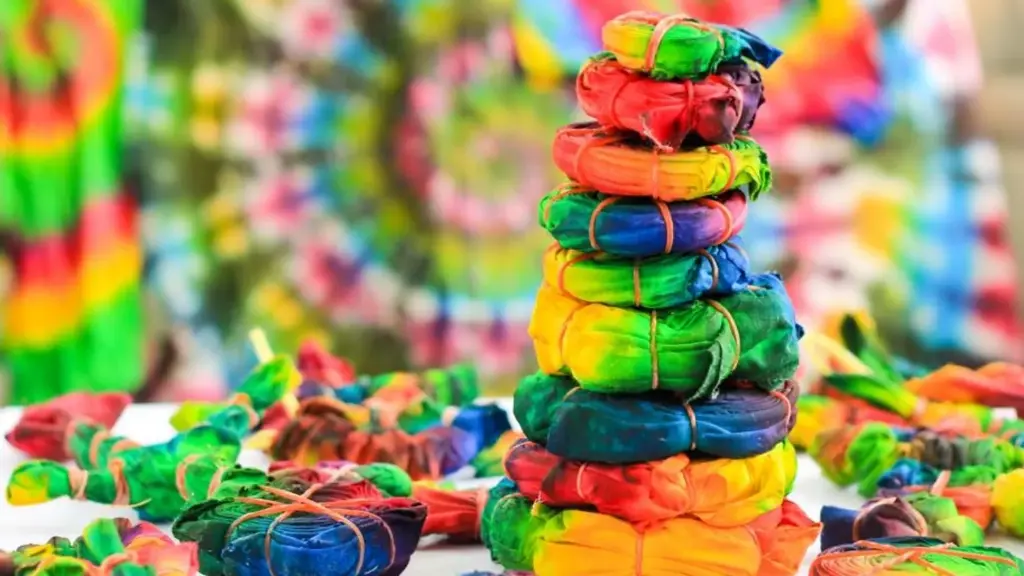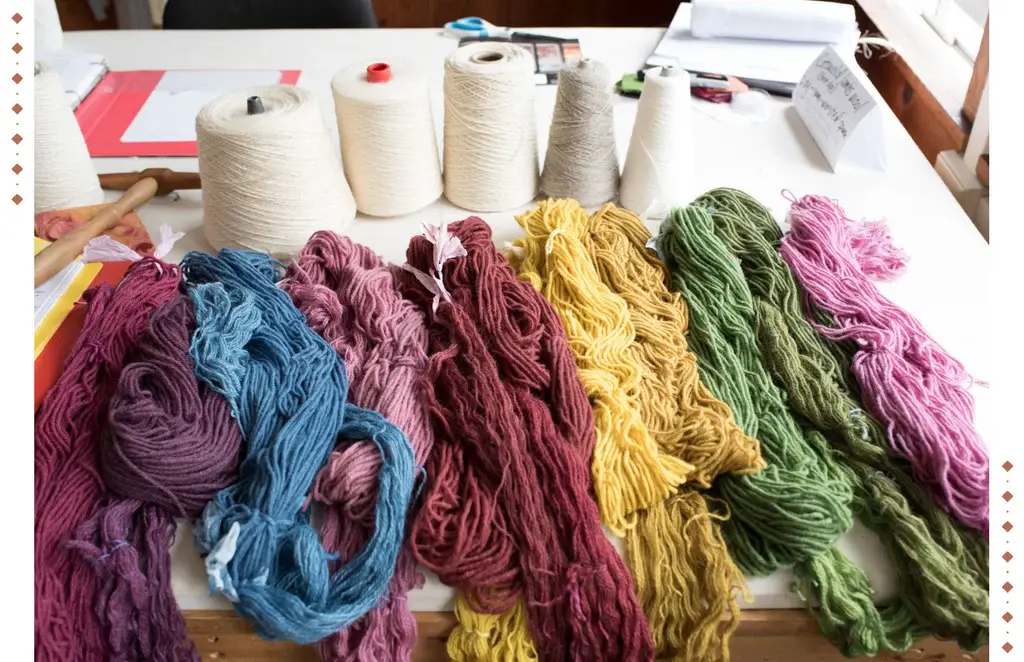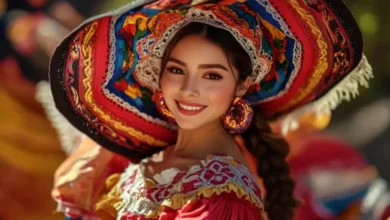Natural Pigments for Dyes in Clothing: A Sustainable Approach
The Allure of Natural Dyes
For centuries, humans have harnessed the vibrant colors found in nature to dye their clothing. Before the advent of synthetic dyes, natural pigments derived from plants, insects, minerals, and even microorganisms were the sole source of color for textiles.

This ancient practice is experiencing a resurgence today, driven by growing concerns about the environmental impact of synthetic dyes and a renewed appreciation for sustainable and ethically sourced materials. Natural dyes offer a compelling alternative, boasting a unique aesthetic appeal, lower environmental toxicity, and a connection to traditional craftsmanship.
Sources of Natural Pigments: A Diverse Palette
The range of natural pigments available is remarkably diverse, offering a spectrum of colors limited only by the ingenuity of the dyer. Plants, particularly their roots, barks, leaves, flowers, and fruits, are a prolific source. For instance:
- Madder root yields a rich red.
- Indigo produces deep blues.
- Weld creates yellows.
- Woad offers another shade of blue.
- Turmeric provides yellows and oranges.
- Onion skins give shades of yellow to brown.
Beyond plants, insects like the cochineal beetle provide vibrant crimson hues, while minerals like ochre and iron oxides contribute earthy yellows, browns, and reds. Lichens offer subtle grays and greens, and even fungi can provide unexpected colors.
See also Local Innovations in Traditional Clothing
Local Innovations in Traditional ClothingThe Dyeing Process: A Blend of Art and Science
Dyeing with natural pigments is a multifaceted process that requires careful attention to detail. The precise steps vary depending on the chosen pigment and the fiber being dyed. Generally, the process involves:
- Preparing the fiber: This often involves cleaning and mordanting the fabric. Mordanting is a crucial step that involves treating the fiber with a substance (like alum, tannin, or iron) to improve the dye’s uptake and enhance colorfastness.
- Extracting the pigment: This can involve boiling the plant material in water to release the dye molecules or using other techniques for different sources.
- Dyeing the fiber: The fabric is immersed in the dye bath, often at a controlled temperature for specific durations. The process might involve multiple dips or simmering times to achieve desired intensity.
- After-treatment: Rinsing and drying the fabric complete the process. Sometimes additional steps to fix the color and enhance durability are necessary.
The art lies in mastering these steps, understanding the nuances of each pigment, and achieving consistent, vibrant results.
Mordants: Key to Colorfastness and Vibrancy

Mordants are essential in natural dyeing. They act as a bridge between the dye molecules and the fibers, improving the dye’s affinity for the fabric, resulting in better colorfastness and often more intense colors. Different mordants produce varying results with the same dye, offering additional possibilities for creative experimentation. Common mordants include:
- Alum: A common and relatively mild mordant, often used as a base before others.
- Tannins: Found in various plant sources like oak galls, they provide good fastness, particularly for yellows.
- Iron: Produces darker shades and can alter the hues, often shifting them towards browns or blacks; it also enhances some reds.
- Tin: Known for producing bright, clear colors, especially with madder.
The choice of mordant is a crucial decision, influencing both the color and the durability of the dyed fabric.
See also Tools Used in the Creation of Traditional Clothing
Tools Used in the Creation of Traditional ClothingEnvironmental Benefits of Natural Dyes

The environmental advantages of natural dyes are undeniable. Unlike synthetic dyes, which often involve toxic chemicals and contribute to water pollution, natural dyes generally pose less risk to ecosystems. The production process is often less energy-intensive and involves fewer harmful chemicals. This makes natural dyes a more sustainable and eco-friendly alternative for environmentally conscious consumers.
Challenges and Limitations of Natural Dyes
Despite their advantages, natural dyes also present some challenges. The colors may be less vibrant and less lightfast than synthetic options. Obtaining consistent results can be difficult, demanding expertise and patience.
The dyeing process can be time-consuming and requires access to the necessary plant materials or other sources of pigments. Natural dyes are often more expensive due to the labor-intensive processes involved.
The Economic and Social Impact of Natural Dyeing
The revival of natural dyeing has broader economic and social implications. It offers opportunities for small-scale businesses and artisans, supporting local economies and preserving traditional skills. It provides a valuable income stream for communities involved in cultivating dye plants or harvesting natural pigments.
Furthermore, it can contribute to cultural preservation and the transmission of traditional dyeing techniques to future generations.
Modern Applications and Innovations
Natural dyes are not just for historical reenactments; they are finding their place in modern fashion and textile design. Contemporary designers are exploring the unique qualities of natural dyes to create innovative and sustainable clothing lines.
Research continues to investigate new ways to extract and utilize natural pigments, improving colorfastness and expanding the color palette through scientific methods. This includes exploring novel sources of pigments and developing new techniques for extracting and applying these dyes.
The Future of Natural Dyes
As concerns about environmental sustainability and ethical sourcing grow, the future of natural dyes appears bright. The demand for sustainable fashion is driving a renewed interest in these traditional techniques. With further research and innovation, natural dyes can play a crucial role in creating a more eco-conscious and responsible textile industry.
The combination of traditional craftsmanship and modern technology promises to unlock even greater potential in the world of natural dyeing, creating a future where vibrant, sustainable clothing is the norm, not the exception.
Resources and Further Reading
For those interested in learning more about natural dyeing, numerous resources are available. Books, online tutorials, and workshops offer practical guidance on dyeing techniques and the properties of different pigments. Many online communities and forums connect enthusiasts and share their expertise and knowledge.




